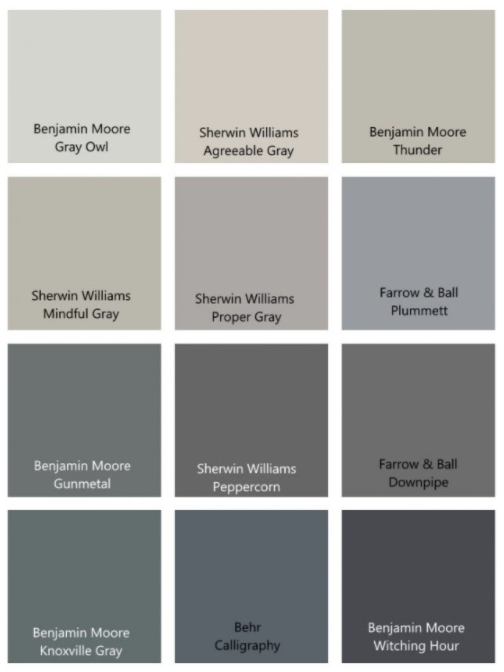Gray Painting

Gray Grid
Make a Monochromatic (One Color) painting working from direct observation of a white or gray object. Directional light is key. Analyze the planar and volumetric forms. Main goals are value and temperature. Pay special attention to hard and soft edges. Observe the light and how it plays across forms. Be as specific about major changes in surface quality and light as you are with minor changes.
Name the Saturation (tint structure) Temperature (warm or cool) Value (darkness or lightness) in each gray color mixture.
Technique / Concepts:
Value / Light to Dark
Temperature / Warm to Cool
Hard edge / Soft edge OR High Contrast / Low Contrast
Chromatic grays / Neutral made by mixing complementary colors and white
Figure / Ground relationships also known as Negative / Positive shapes
Tools: 20” x 16” canvas and 1 sheet of canvas paper/ sketchbook for grid
Palette knife or brush
Palette: Titanium White, black, primary and it’s compliment, cool and warm mixed black
Process
Step 1: Grid out paper with 12 – 1”squares (tape to board)
Make 3 warm grays (light, med, dark) Use chromatic black/ complementary color mixtures
Make 3 cool grays (light, med, dark) Use chromatic black / complementary color mixtures
Make 3 neutral grays (light, med, dark)
Boost 3 neutrals grays with any pure color
Step 2: Take a photo of your still life set to compose in your phone then draw with pencil or using your drawing brush, transpose your composition to the canvas. Establish the major forms, shadows and negative space shape relationships. When drawing the still life composition in your sketchbook, includes the shadows and ight shapes within the environment.
Step 3: Tone the canvas with burnt sienna (cadmium red + phathlo green + yellow ochre = reddish brown)
Step 4: Choose the largest shape (background) and mix the color. Use a palette of white plus a parent color and its complement to make a series of chromatic grays. Put the mixed gray on your grid then apply it to your painting. Continue this process to fill at least 12 gray squares. Think of your painting like a puzzle fitting color next to color shapes.
Step 5: Be convinced of where the darkest dark is in the still life and the lightest light. Using your palette knife block in major areas of value across the picture plane. Mix a warm black and a cool black. You cannot use these exclusively. Directional light is key. Analyze the planar and volumetric forms. Main goals are value and temperature. Pay special attention to hard and soft edges. Observe the light and how it plays across forms. Be as specific about major changes in surface quality and light as you are with minor changes.
Artists:
Yvonne Jacquette
Wayne Thiebald
Agnus Martin
Robert Ryman
Giorgio Morandi
Lucien Freud
John Singer Sargent
WIll Cotton
Resources:
http://www.drawingandpaintinglessons.com/Painting-Lessons/Mixing-Neutral-Colors.cfm